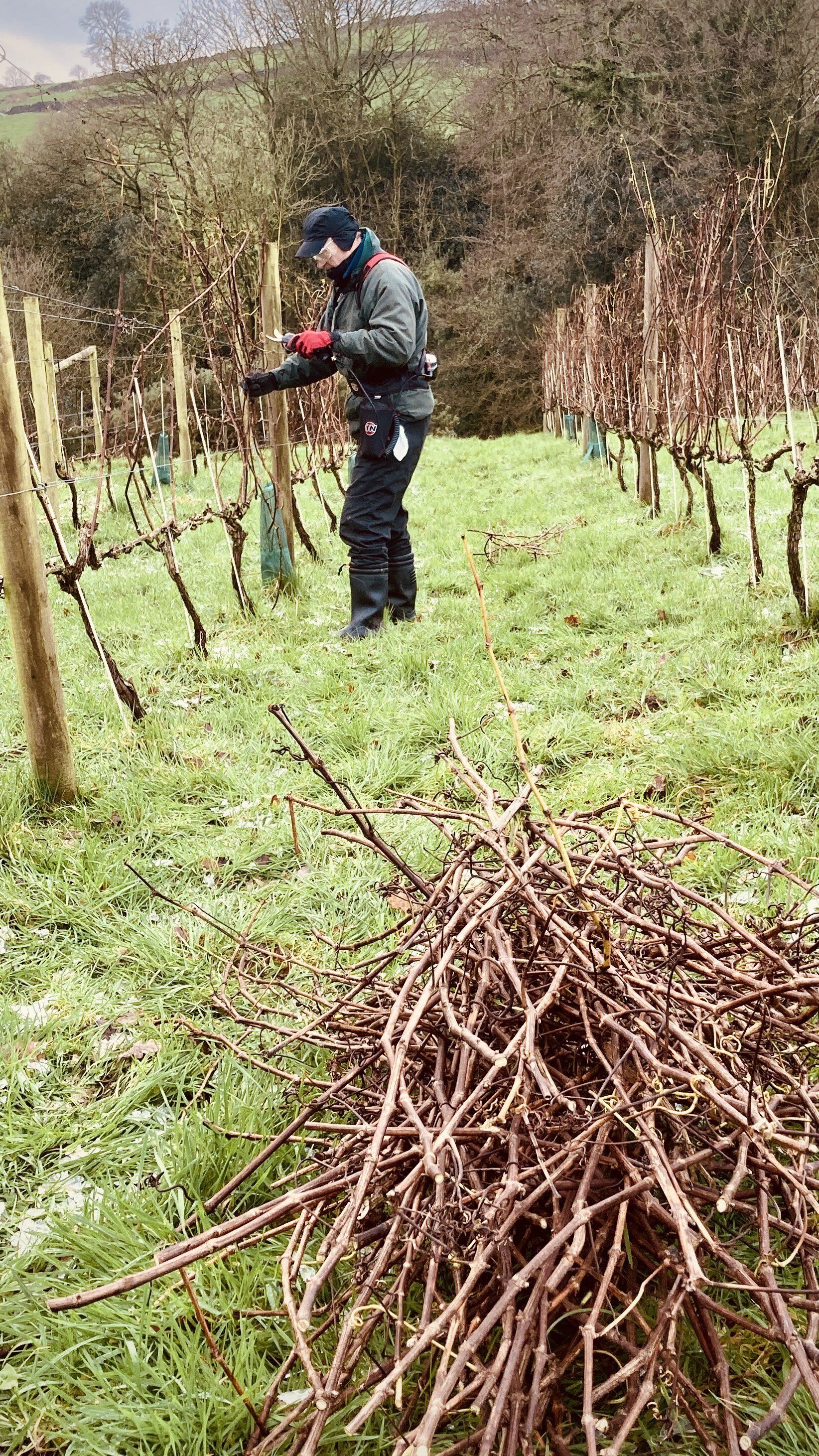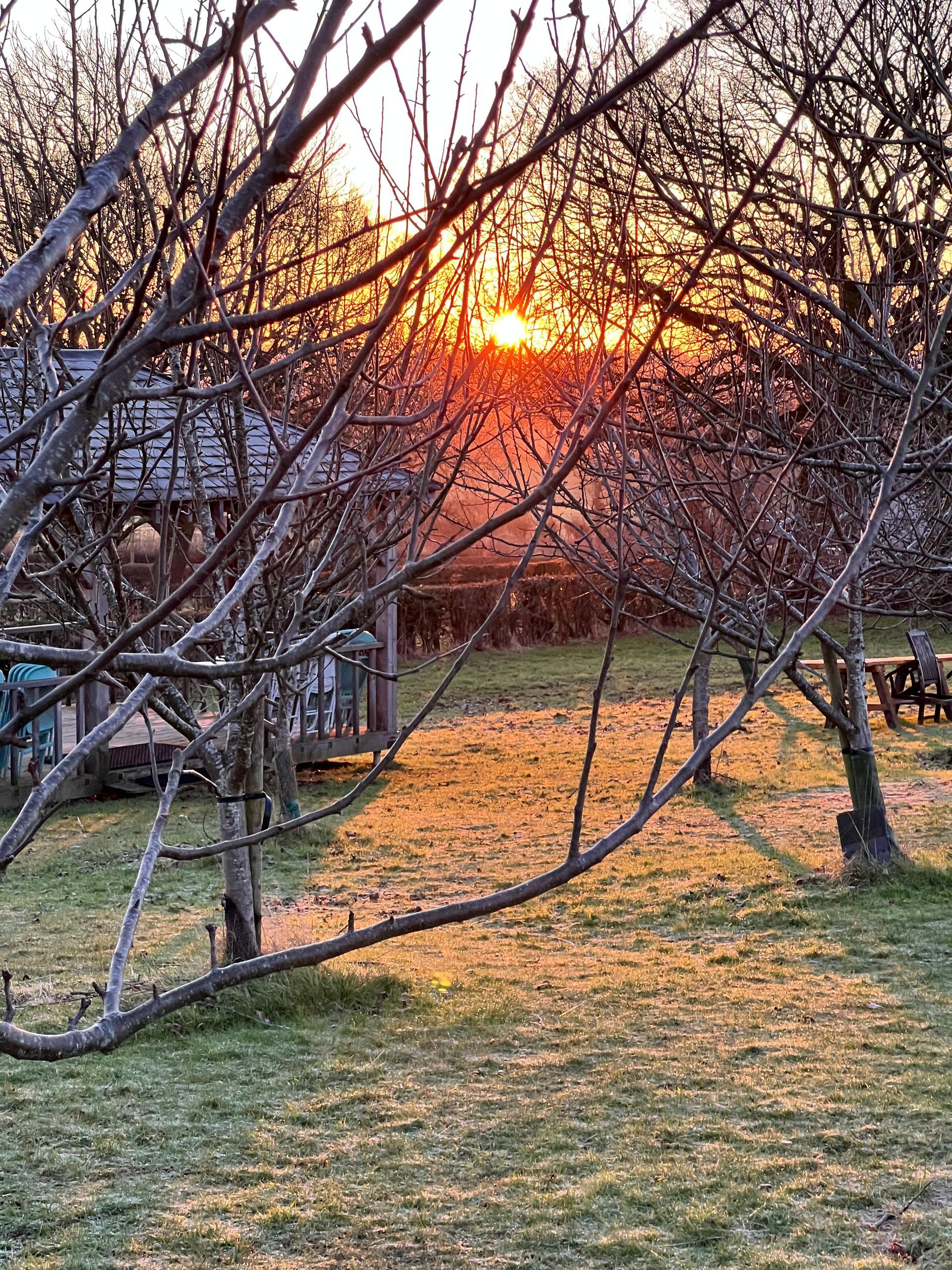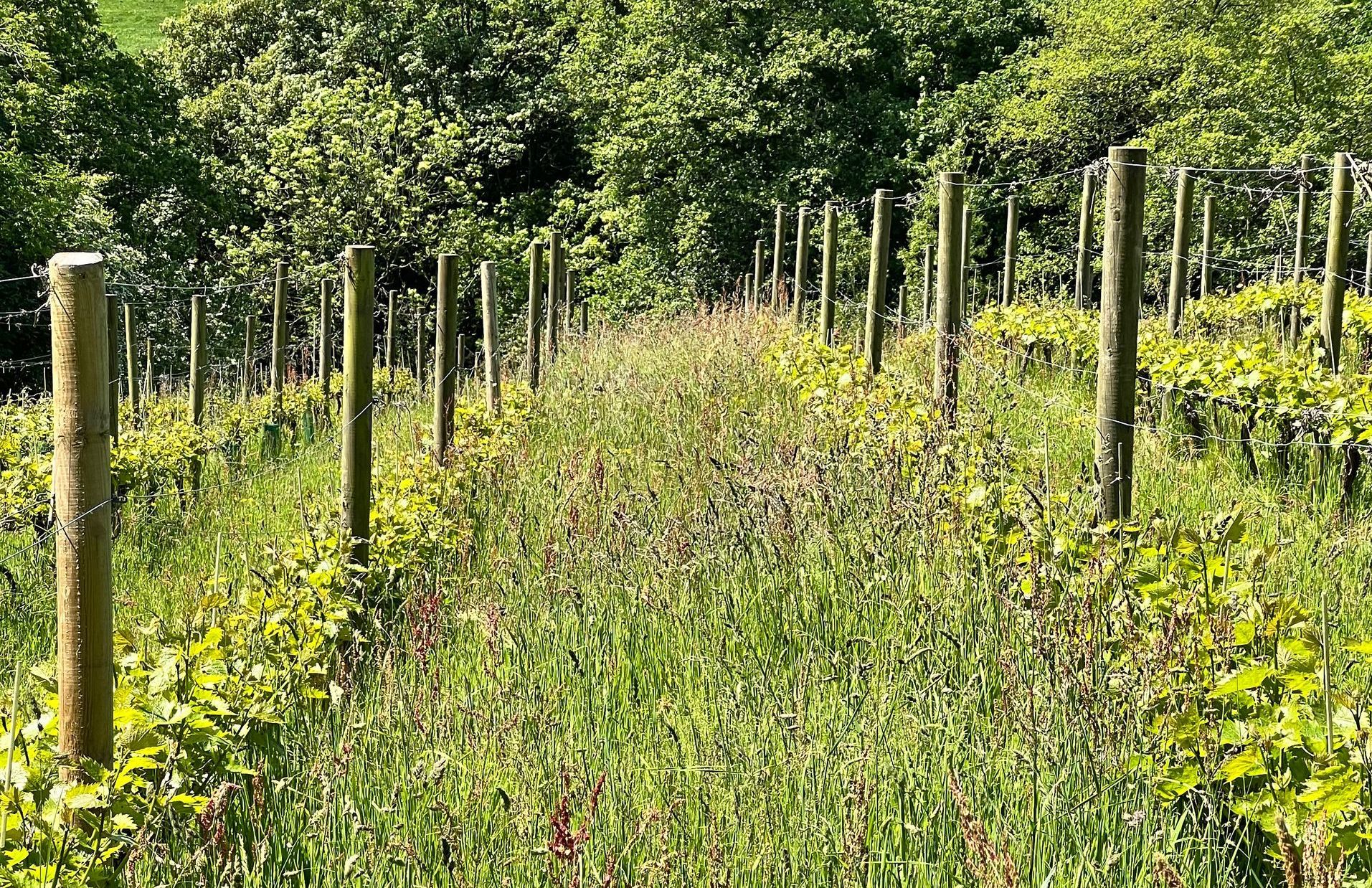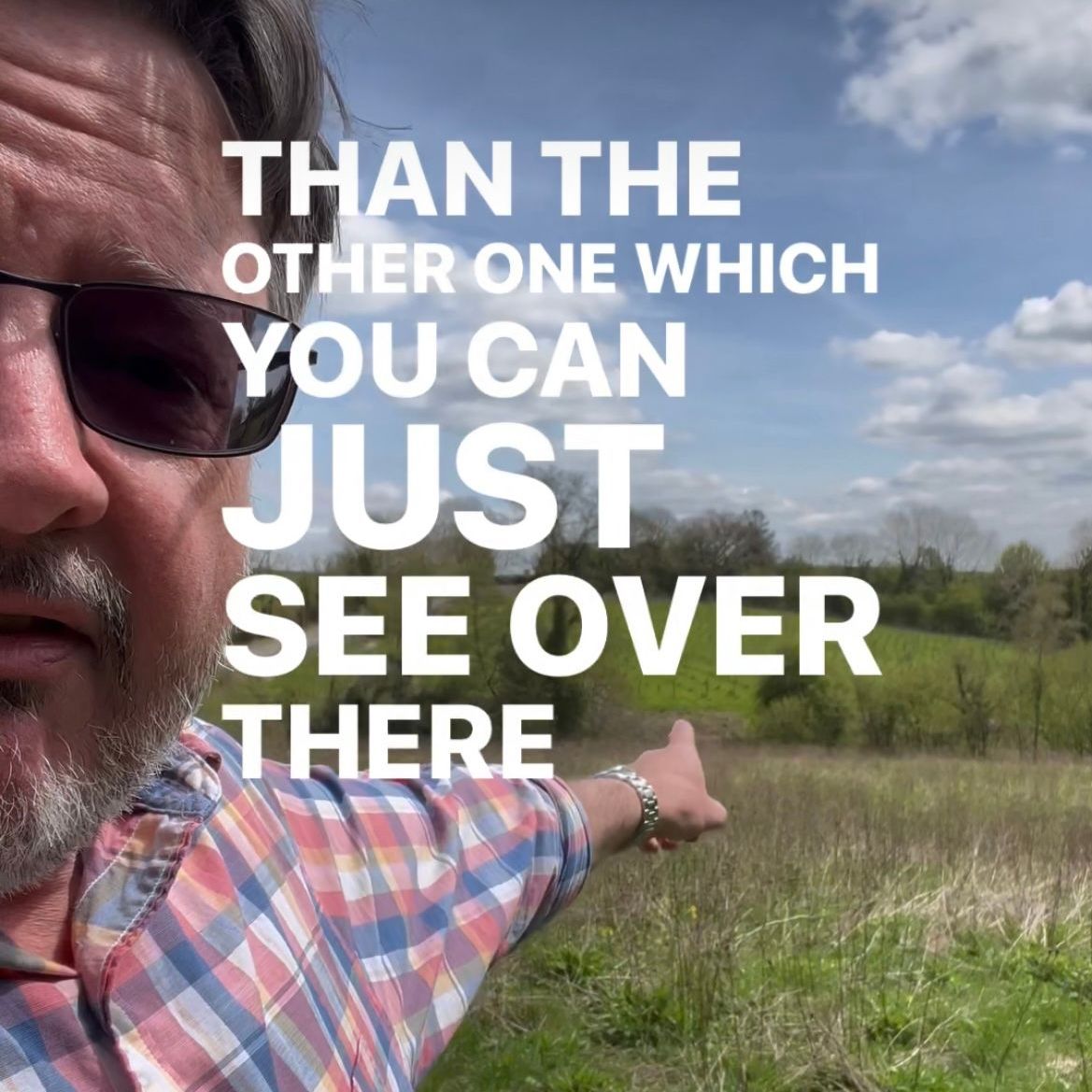Regenerative Viticulture at Amber Valley Vineyard's
Regenerative Viticulture
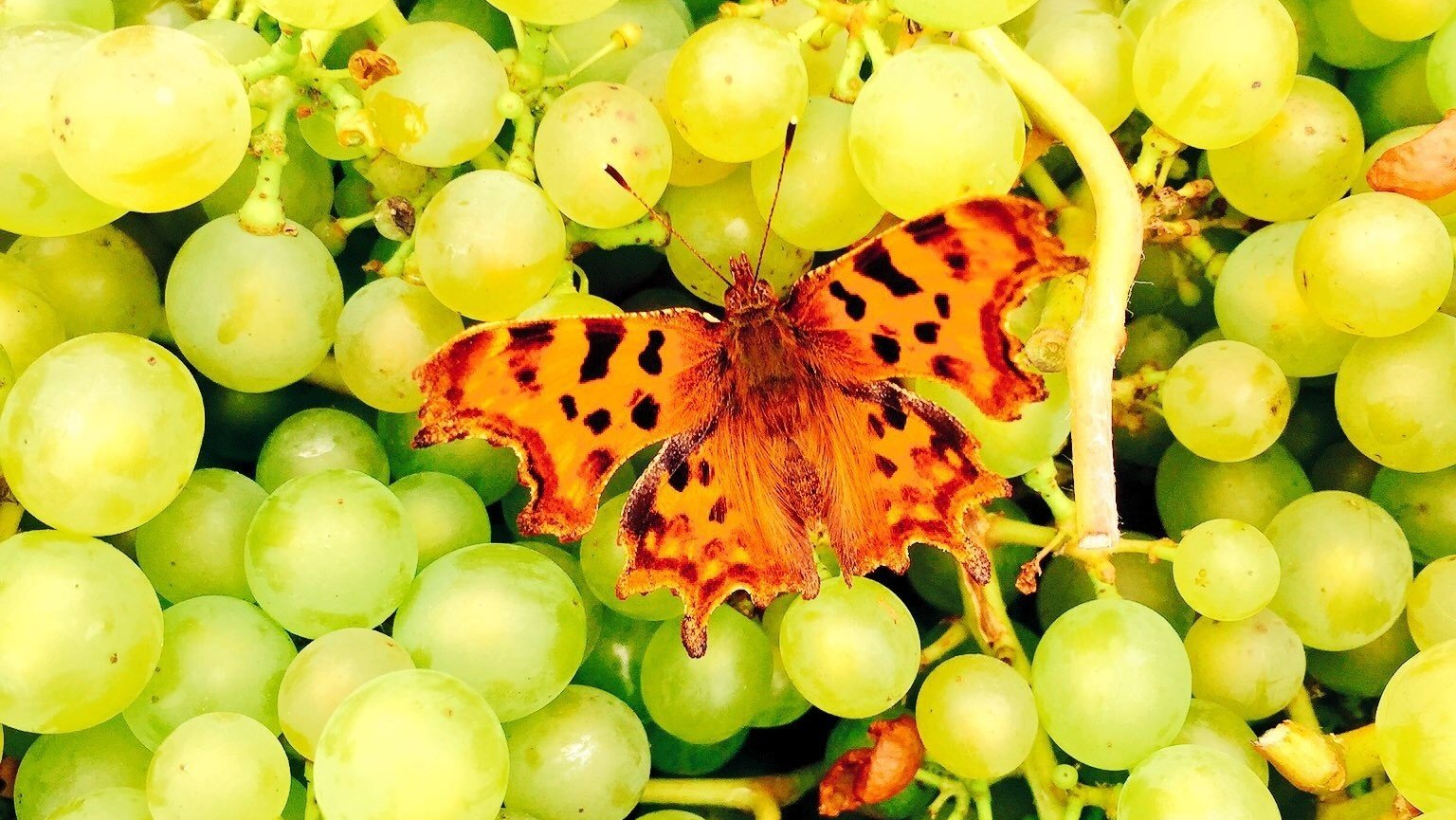
The concept of regenerative viticulture is something that’s recently come across my radar and I’m glad it did. We’ve been growing vines in a particular way at Amber Valley Vineyards that I’ve kind of been struggling to describe. Yes we’re organic, no we don’t do biodynamic practices, yes we do zero tilling under the vines, no we don’t use copper based organic sprays, in fact we try not to spray, and so on.
When I read about regenerative viticulture and the Regenerative Viticulture Foundation my interest was piqued. Could this be something that neatly and helpfully describes what we are doing in the vineyard?
So reading on it seems we’ve been inadvertently practicing the principles behind regenerative viticulture in our vineyards for years now. So how did we get there? Initially we conventionally ploughed, rotovated and used herbicides those early years as we grappled with planting, establishing and growing our new and young vines. It always felt like a struggle, the more we battled the weeds, by spraying and chopping at the ground under the vines, because that’s what conventional wisdom told us we should be doing, the more we felt we were losing the battle of maintaining healthy vines and healthy soil.
When I eventually accepted it’d be better and easier to just grow grass under the vines and shifted our methods to that aim everything got better quickly! In tandem we’ve been organic (not registered) for some years now we’ve even moved away from copper based treatments within that regime - we haven’t needed them as much since we switched, which I like to think isn’t coincidental. The vast majority of the varieties we’ve chosen (Piwis and hybrids) don’t need too much intervention anyway and this combined with healthier soils have, I hope, tipped the balance in our favour.
The idea of ensuring that we can maintain our vineyards in balance with better biodiversity, which in turn can benefit our vines is not just appealing but desirable. A healthy soil structure, with its own ecosystem of a healthy rhizosphere where nutrients are effectively and beneficially traded between plants and soil and where carbon is effectively sequestered is at the very heart of regenerative viticulture and regenerative farming generally. Above ground we’ve been rethinking the relationships between vines and the wider wild plant communities to encourage increased biodiversity and, again, increased benefits for our vines.
Traditional or conventional viticulture is more or less a monoculture of vines, cultivated with disk weeders and tillers or sprayed with herbicides; sprayed with chemicals to control downy and powdery mildews or thrips and various other harmful bugs, and chemical fertilisers used to address nutrient deficiencies in the soil. In combination these chemicals effectively reduce the health of the soils, potentially weakening the vines natural defences. Organic and biodynamic techniques are better but still rely on cultivation under the vines, and may still see copper based products sprayed onto vines, which ultimately harms the soil ecosystem. Tilling soil, in any system of agriculture harms the soil structure, releases carbon, harms the soil ecosystem or rhizosphere, its microbe communities and even breaking up the mycorrhizae networks that trades minerals and other nutrients between plants.
In hindsight that switch we made to stopping spraying and cultivating under the vines brought such rapid benefits for us and helped suppress canopy vigour without affecting fruit quality (in our Solaris canopy in particular) meant that we found we needed to worry less about fungal disease. We’ve also seen a reduction in pest pressures from the close proximity of the vineyards to un-mown wildflower areas, wildflower meadows and species rich hedgerows. We’re teeming with ladybirds for example.
We’ve even explored, successfully, using sheep in the vines to graze at the end of the season. Something we’d like to do more of in the future. The idea of turning chickens out also appeals but I’m not sure they’d last long with the healthy fox population we have locally. Thankfully we’ve the odd pheasant that can perform similar services.
Our only ‘artificial’ input, if you can even call it that is using alpaca poo under the vines, which can be applied directly on the soils and breaks down naturally as if by grazing animals and it is particularly suited to fruit growing as it’s lower in nitrogen whilst being high in potassium and phosphates. The added bonus is there are no seeds in alpaca manure.
We’re this year trialling unmown aisles - and yes, we do mow within our vineyards, as it’s still important to reduce early season frost risk, the disease pressure that long damp grass can bring and to harness the warming of shorter grasses under vines. But we’re not too enthusiastic about total undervine management and so there’s always a diversity of grasses and wildflowers still visible in the vineyards throughout the growing season.
The point of regenerative viticulture is about ecological or biodiversity services offered and traded within a farming, or in our case a viticultural system. The better we can make those relationships and provide the right conditions to encourage them, then the better the potential benefits to our vines. Most critically vine and fruit health. It’s sound and based in science but is a far away from the intensification that enabled agriculture to feed a fast growing population in the last century or so and marks a sea-change in practice - as such it isn’t going to happen overnight but it is a method that’s gaining traction. We’re keen to show it can work, even here in the U.K.
Over the coming years we’ll work to adapt our methods to improve biodiversity and ensure a healthy soil ecosystem and to experiment, with things like particular cover crops, inter-vineyard grazing and rotating unmown aisles for longer periods (but not so long they become unmowable). We’ll see if we can improve on those ecosystem services within our vineyards. Hopefully we’ll see improved quality and yields with minimal ‘artificial’ inputs. Our own experience to date has been exciting and shows there’s a way to a much greener, biodiverse and mutually beneficial ecosystem within our vineyards that can sequester more carbon.
